What do you need to consider BEFORE adding a new product/product category to your line? Sure, you’ve probably heard about all the perks that can come along with adding in new products like: gaining new customers, revitalizing old customers, and attracting wholesale buyers who are seeking variety. But before you decide to turn your big idea into a new product and jump into create mode it’s important to strategically vet your product idea. That’s why in today’s episode we are guiding you through a comprehensive 9 step process that will allow you to determine whether your new product is scalable, will align with your brand, and has the potential to yield decent profit margins.
Let’s be friends! Find us on Instagram http://instagram.com/bizbirthdaybash @bizbirthdaybash.
Listen to Your Customers
There’s a good chance that they are already telling you what sort of products they’d like to see you make. Ideally, these products will have traits similar to your core offerings. For example, I am a paper goods company, so paper notepads were a natural fit and they are a fun way to use my artwork even more. You want to continue to sell to the type of customer your brand is built around! Going too far outside the box can be confusing to your customers and can be costly because HELLO if it doesn’t sell, you’re now stuck with a ton of inventory.
I made this mistake when I introduced shirts into my line. Did I have customers ask for shirts? Yes. Did I consider how these new products fit into my line and overall vision for my business? No. There should be at least a 2-step gate that the products have to pass through before you even consider them. So, before introducing a new product to your line, be sure that you can answer yes to at least 2 of the questions below:
-are your customers asking for this?
-does this fit into your overall vision and direction for your business?
-is this a natural extension of your brand?
-is this a profitable addition to your line? Do the margins work?
And sometimes that first gate doesn’t have to be your customers asking for it! When you know who you are selling to, you can determine what they’ll buy. I knew my customers (existing and new customers) would love products that they could actually use and make awesome gifts. I think notepads are more approachable than art prints AND they are consumable, which means they can be bought over and over again.
Perform Market Research
So while considering all these things about my new product, I knew I needed to understand more about the market that already exists before I put my products into the world. This where the RESEARCH stage comes in.
Questions to ask: Does this product exist on the market? (Or has it never been done before?) What would be useful for your customers? What are the gaps that need to be filled?
For my notepads specifically, I started looking to see:
1. What types were selling well for other companies (can see high sell-through, best sellers, etc. on Etsy/Faire)
2. I had IDEAS for my notepads BEFORE I started looking at everyone else’s stuff. I wasn’t looking for specific ideas; I was looking at specifics of what was selling well in the market or in high demand (grocery lists, to-do lists) (with enamel pins, I could see that floral pins were in high-demand). The world doesn’t need copies, they need your original voice.
3. Looking for the “going rate” of this type of product. This is not a “oh they priced it at this, so I’ll price it at this” type of thing, but rather what is the range of prices that this product goes for and can I make the numbers work to be competitive in the market? Which leads to…
Crunch the Numbers
In this stage, I reached out to about 5 different manufacturers to find the best quality for the best price. The A-Z Directory was so helpful for me on this!
Questions to ask: Can this product pricing work for retail? Wholesale? What’s the profit margin for both? How many units do you need to order up-front for the margins to be viable? Do you have enough capital to purchase that many?
Sometimes you can start with a smaller amount at a higher cost per unit to test the market before investing in a full-blown purchase. For the notepads, I did a minimum purchase of 100 each because that’s where the margins balanced out in terms of overall investment AND profit margin for both retail and wholesale. Wholesale pricing is typically 50% off retail so if you sell something for $10 retail, you need to make sure you can still make money at selling that item for $5 wholesale. In some cases you need to shave off the add-ons or cost uppers, like adding more paper to the notepads or adding gold foil, things like that.
In this stage you’ll also need to nail down packaging for your product too. How will this finished product be delivered?
-clear bags/cello sleeves
-stickers
-shrink wrap
It’s important to not only think about the COST of the packaging, but also the TIME that goes into the packaging. I considered shrink wrap for my notepads because I love the way it looks and how neat it is, but I knew I don’t have the resources to package all my notepads up like that efficiently, so I went with clear bags and stickers. ADD THIS to your profit margin! These tiny little things add up, andU YES they affect your bottom line.
Forecast the Shipping Situation
Questions to ask: Are you going to need new shipping supplies to get this product in the mail? Is it a heavy item that will require a large shipping expense for the customer?
Considering the shipping situation is important in your “crunching” stage too because if you have to order a ton of new shipping supplies, your profit margin becomes lower. When I’m adding in new product categories, this truly is a huge deciding factor for me because I don’t want to add in new boxes etc. just for ONE product.
Consider Scalability
Questions to ask: Is your product easily scalable? Is the packaging scalable? Could you easily replicate 10,000 of these products if you needed to?
Also, as you’re considering scalability think about how much storage space a particular product might require. When you’re looking at things like greeting cards, notepads, praying paper products that can lie flat or be stacked on one another. It’s easier to fit all of those in a smaller space and easier to start with those than say coffee mugs that don’t fit compactly into storage containers. For instance, Cami stores her enamel pins in tubs and that works well for her because they don’t take up much space.
Run a pre-launch test
Gauge the reaction of your audience with Instagram polls and behind the scenes stories and sneak peeks. To my audience, these may seem like fun little tidbits, but to me, it’s a strategic test to see how my audience reacts BEFORE I invest in a ton of money. These go away SO FAST that no one even remembers what you posted so don’t worry about losing some of the initial spark. (I used to worry about this haha). It’s good to build up pre-launch excitement anyway, but the important thing is you get to see if something will sell well or not. Important: ASK your audience for feedback! Use a CTA like DM me for your ideas or a poll asking do you like this? Yes or no or giving choices between designs. Invite your audience in!
Determine how Many Products You’ll Launch at Once
It’s more impactful to have a variation of that product category than just one. I launched with 6 notepads. 6 is my favorite number in a collection. I also really like 8 lol. I think 6 is a magic wholesale number because greeting cards are sold in cases of 6 (industry standard), and box sets typically have 6. SO therefore I like 6. Now if you can’t do 6, it’s okay, the takeaway here is that you can easily increase AOV (average order value) with a product line launch just by having more options. Unless it’s a stand-alone product (like a planner), you’ll want it to have siblings!
Offer Early Incentives
You can do a pre-order price or a quick intro sale to get things moving on your new product and get them out into the world and quickly gain back some of that initial investment.
PLAN the Next Version
Did your new product category do well? Keep your eyes open for customer feedback, and use that to your advantage! Your customers love being heard, AND you get to continue to be a creative innovator in the industry.
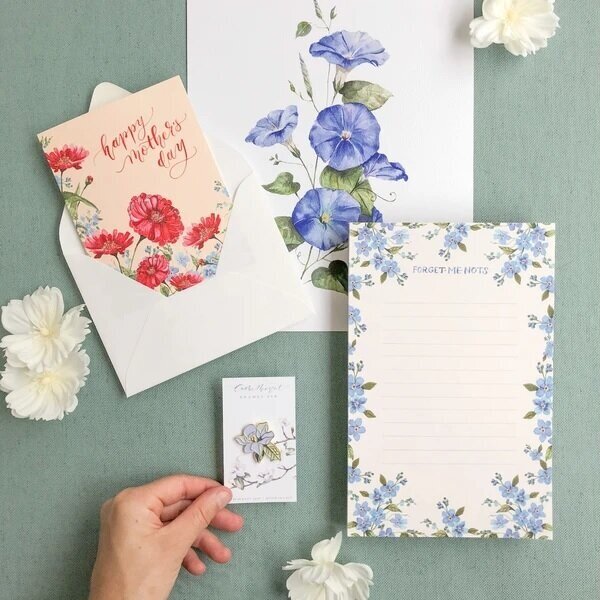
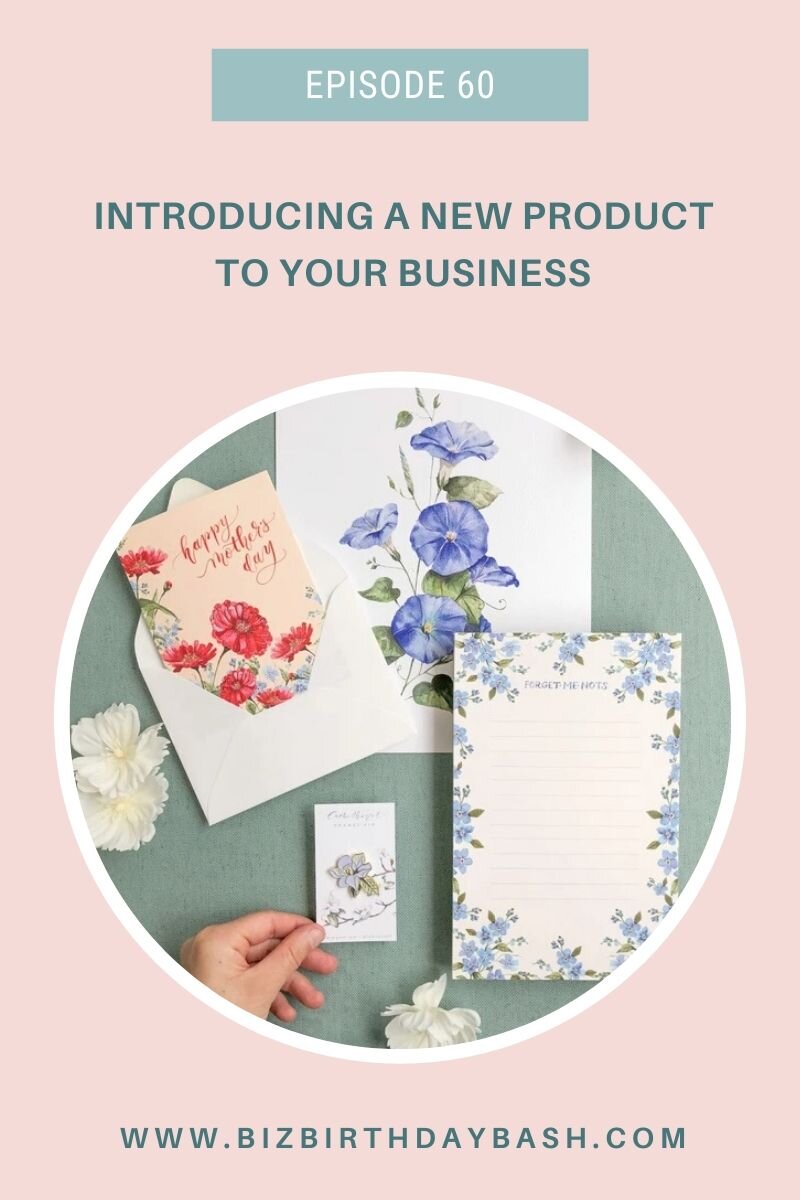
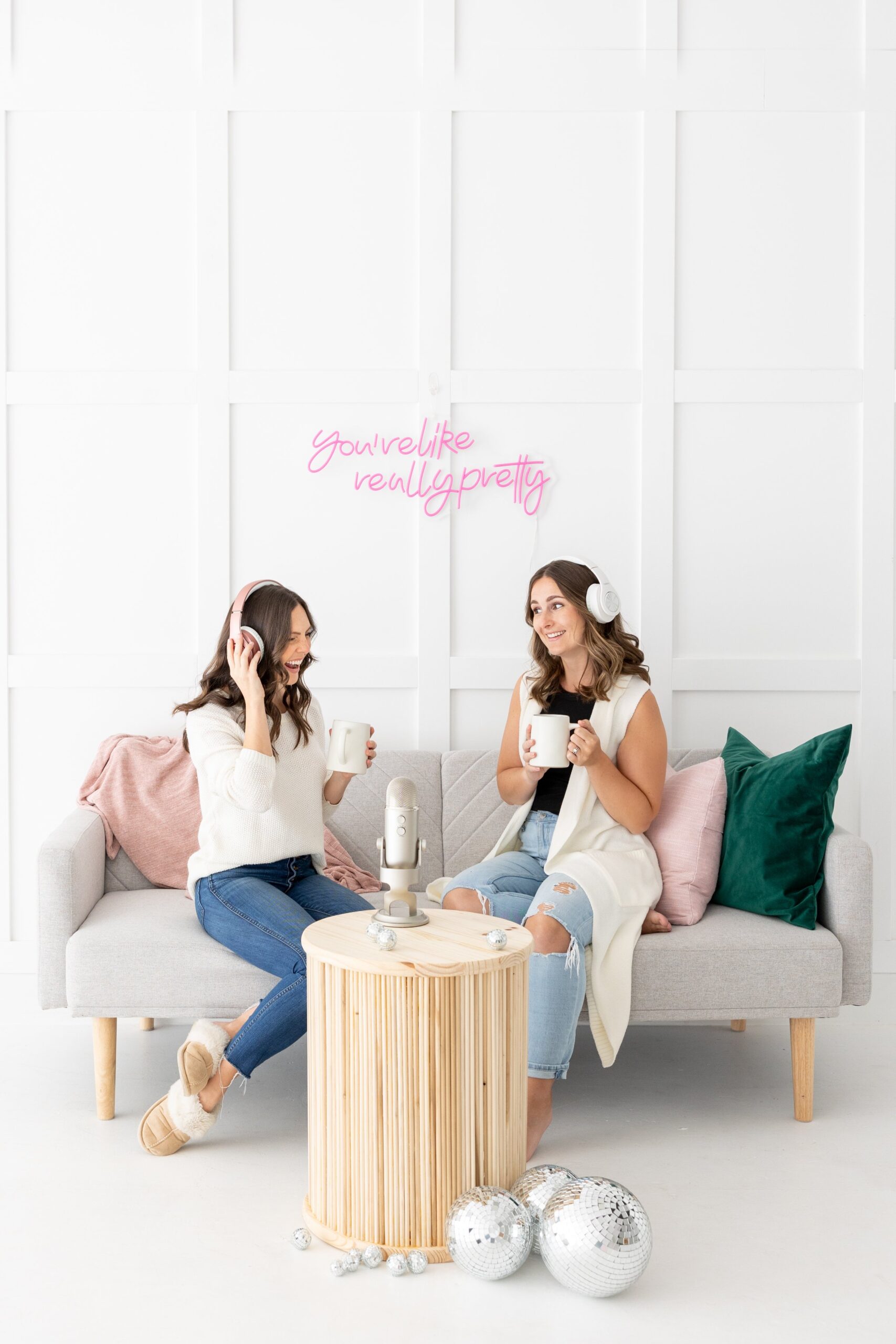
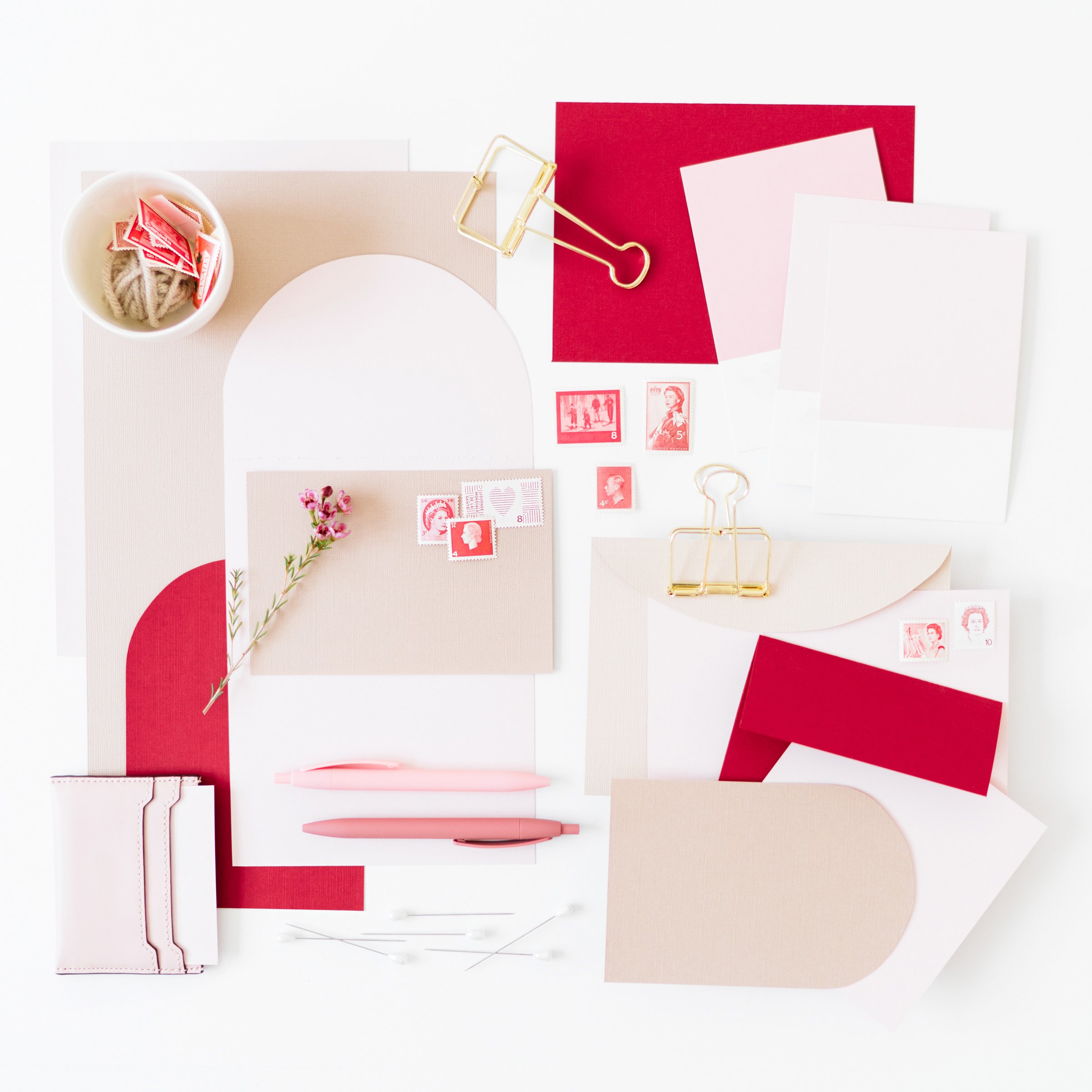
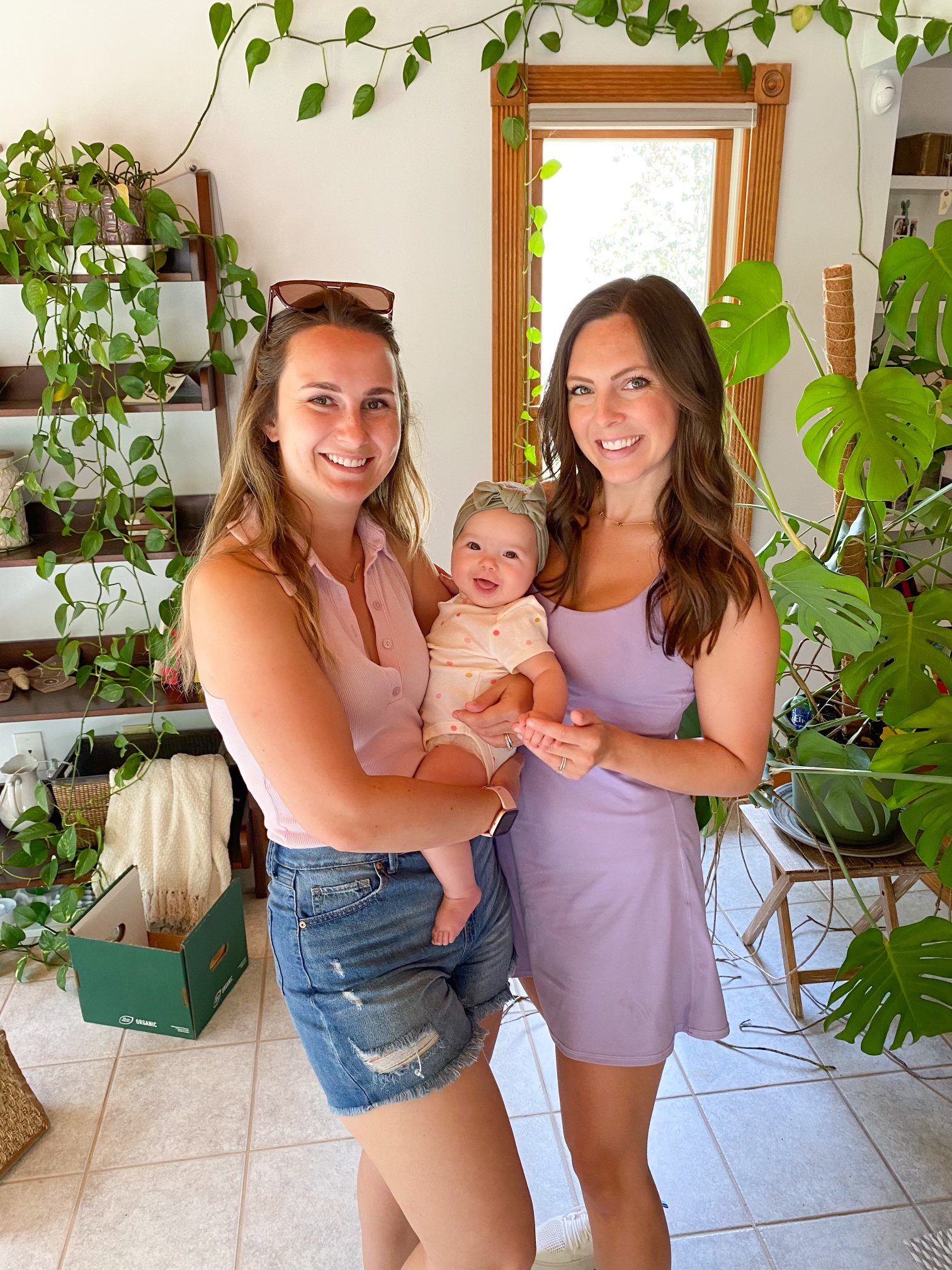
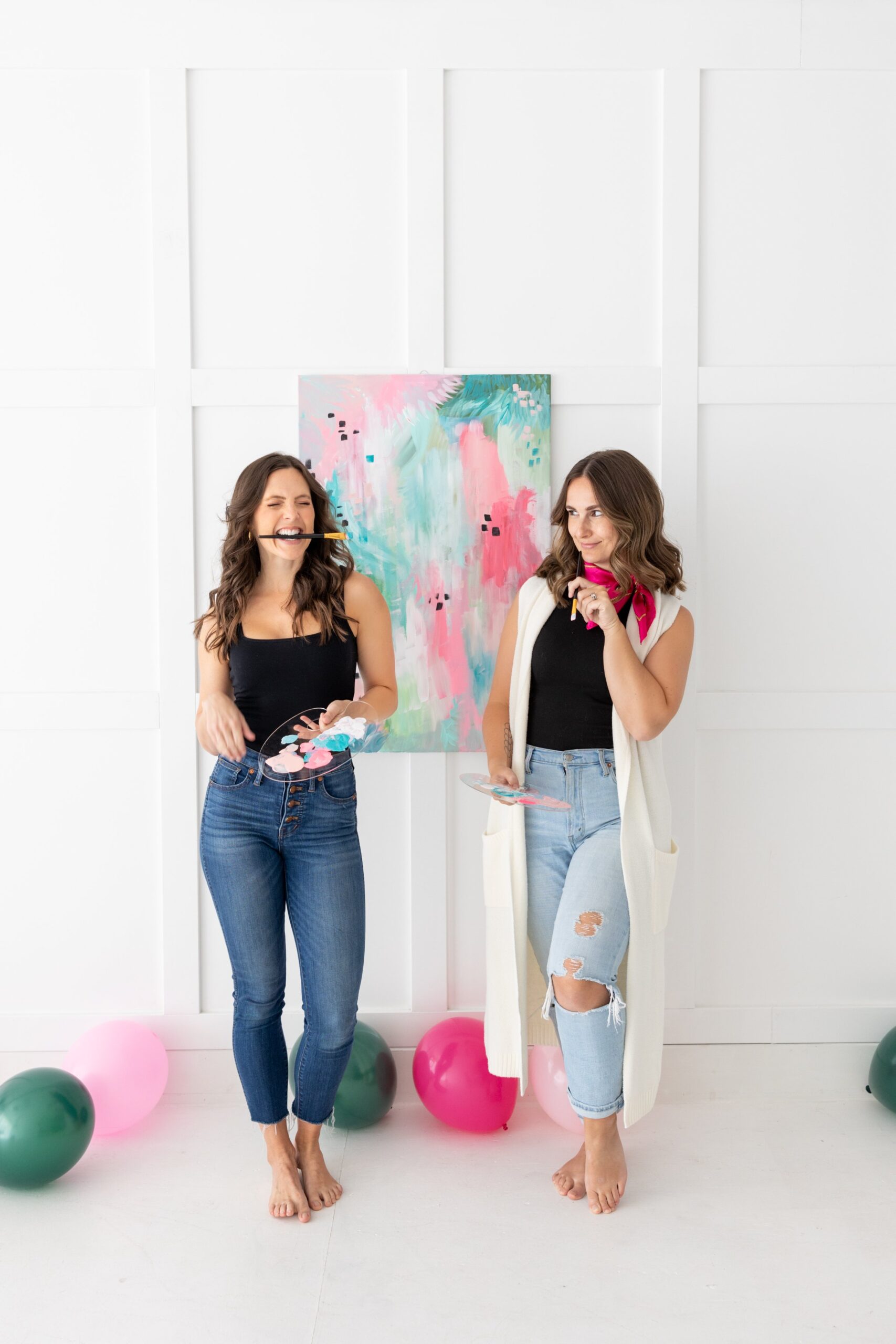
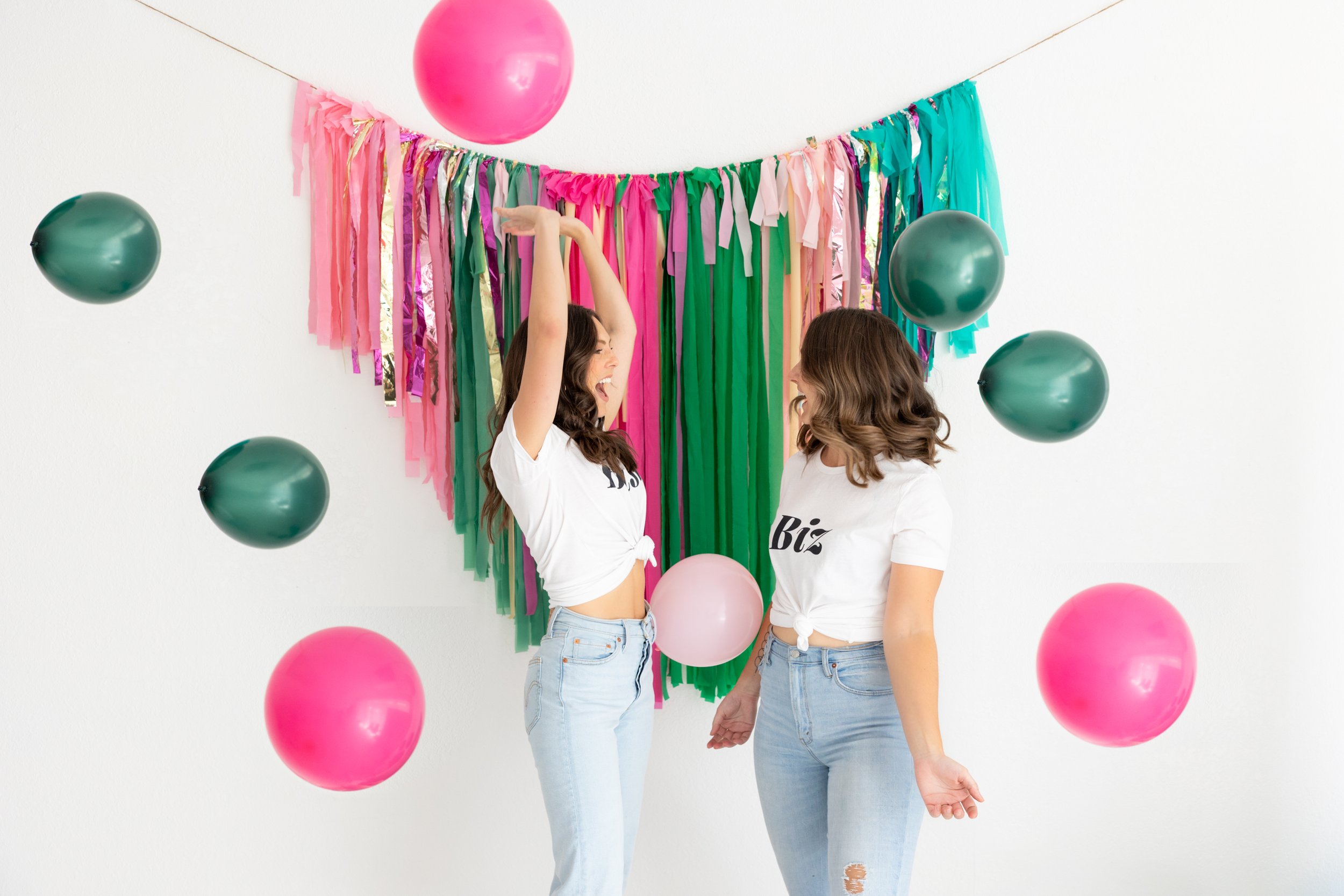
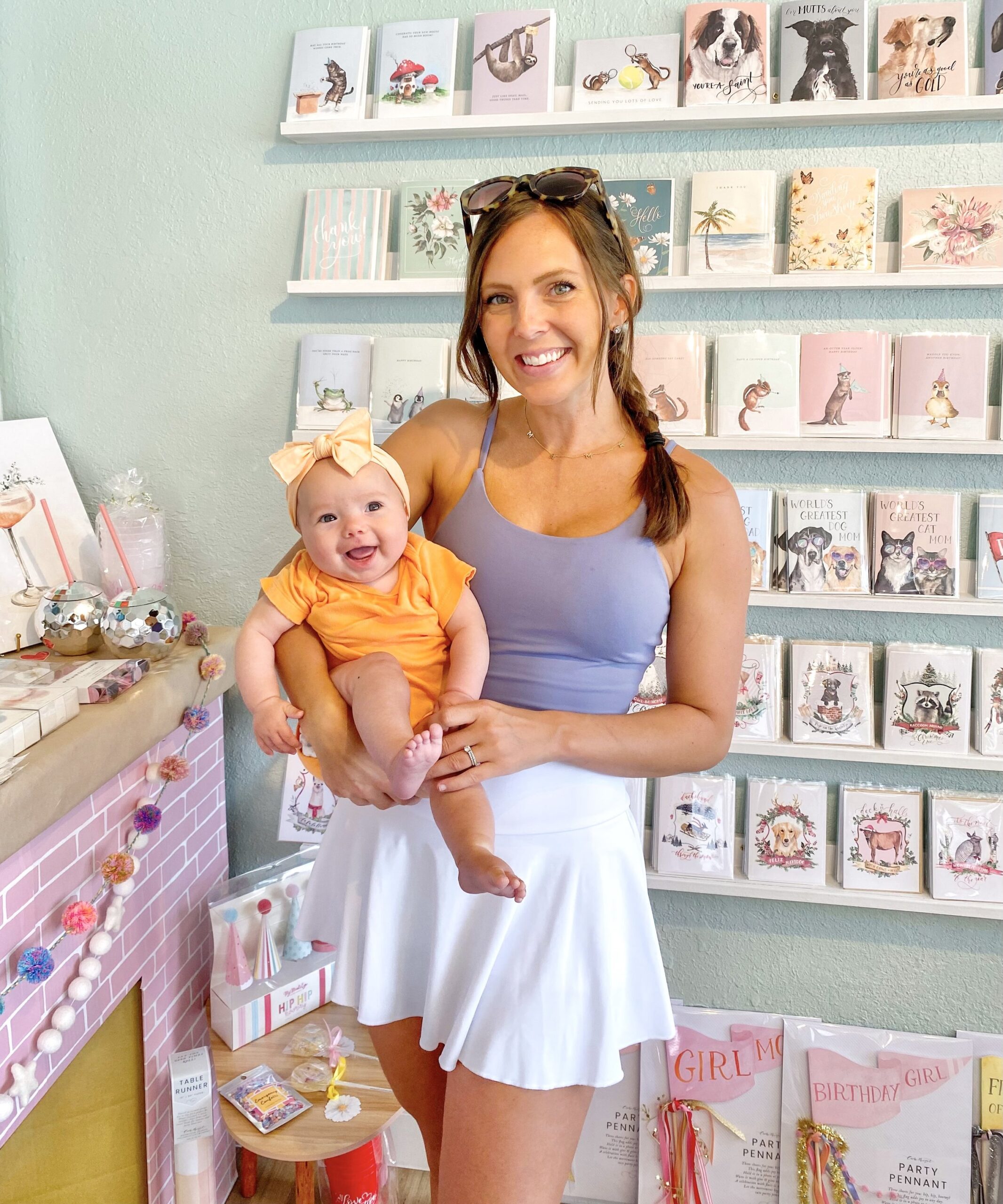
+ show Comments
- Hide Comments
add a comment